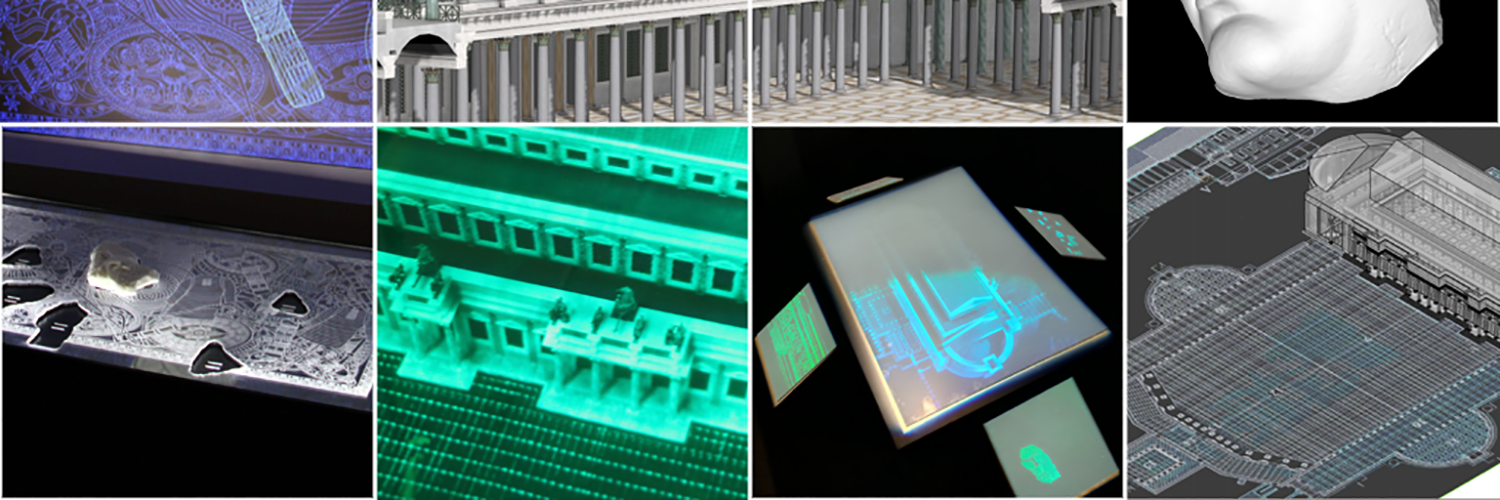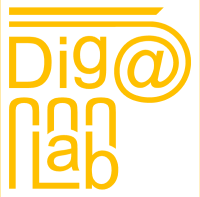
Project Link
Methods
- 3D Model
- Augmented Reality
- Virtual Reality
- Website
The Trajan’s Puzzle Project is part of an exhibit commemorating the 1900th anniversary of the death of Emperor Trajan, 2017. The reign of Emperor Trajan (98 AD – 117 AD) marked the highest point of the Roman Empire claiming the peak of the empire’s territorial expansion. The project focuses on the Trajan Forum and in particular, the Basilica Ulpia, the largest basilica of the Roman world. The work consisted of architectural and sculptural reimagination to guide visitors through a kaleidoscope of lost masterpieces.
Our contribution to the exhibit consisted of four major installations: a table with holographic prints, a scale cutaway model of the basilica created by 3d printers, an Augmented Reality app, and a tangible table interface. They will work in tandem to highlight and guide viewers to focus on historically significant Roman frieze fragments. The first is a multilayered hologram installation of the Basilica Ulpia as it would have stood. Walking around the display reveals highlighted friezes in the main architectural model, and simulated reconstructions of each corresponding frieze in the smaller side panels.
A third component flanks the full frieze for the only electronics dependent component of our exhibit. It is an adaptation of our Tangible Interface Table for Archeology (or TITA for short), focusing on a tangible puzzle which allows visitors to piece together the scholarly reconstruction of the relief of the weapons. Each component is carefully analyzed and crafted. As the original fragments are unwieldy and fragile, all components of our exhibit relies on 3D meshes made from photogrammetry of said original fragments.
Participants
- Maurizio Forte
- Nevio Danelon
The hologram is a lenticular hologram which, while high tech in its conception, is very low tech in its requirements for display. There is no need for 3D glasses, nor a need for extensive electronics; a simple light bulb shining from a precise location illuminates its depths. The unique strength of such a hologram is the ability to simulate the illusion of animation depicting multiple “layers” of information that a simple scale model cannot do.
A 3D Repository with a digital collection of fragments was created to facilitate the study of this material that, at present, is stored in the museum’s repository and therefore it is not accessible.
